Strong regions, strong country: how three new regions in Kazakhstan emerge
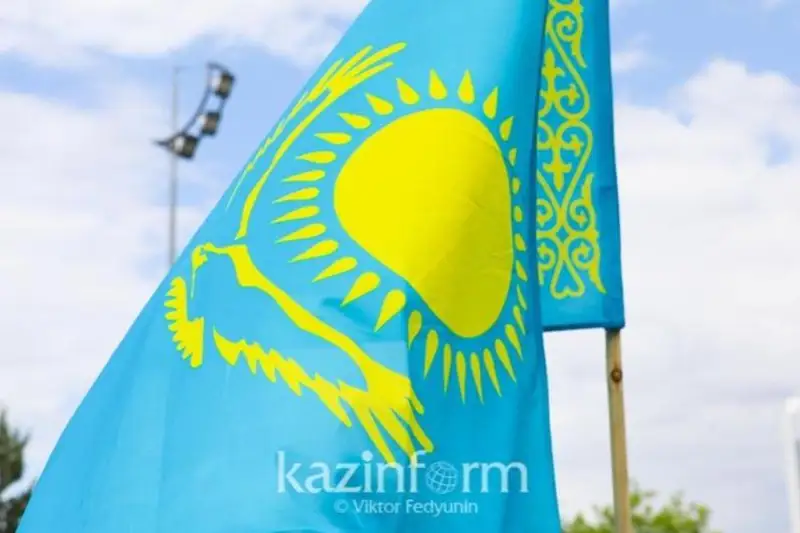
Announcing the decision in his address to the nation on March 16, Tokayev said the country’s progress depends directly on the prosperity of the regions, highlighting the principle «strong regions – strong country.»
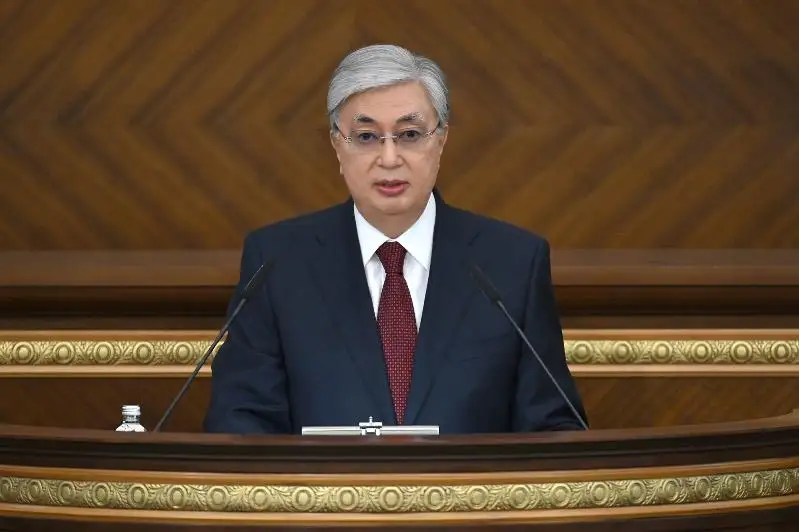
Photo: akorda.kz
The creation of new regions was meant to make the administrative-territorial structure of the country optimal, following the 2018 decisions to give Shymkent the status of a city of national significance and rename the South Kazakhstan region to Turkistan region, with the city of Turkistan as its administrative center.
«Overall, the issue of the formation of new regions concerns many people. It is no secret that in due course, the regions that lost their regional status saw their population decrease and their quality of life deteriorate. The time has come to remedy the situation. Administrative-territorial changes will optimize public administration, simplify commuting to and from the regional center, and better regulate internal migration,» he said.
Abai region
The Abai region was formed with the administrative center in Semey, taking district of Aksuat, Abay, Ayagoz, Beskaragay, Borodulikha, Zharma, Urdzhar, Kokpekty districts, the cities of Semey and Kurchatov from the East Kazakhstan Region. Semey region existed in Kazakhstan until May 3, 1997, when it joined the East Kazakhstan region
Spanning 185,500 square meters, the region is home to nearly 610,400 people.
«First and foremost, I propose to form the Abai region with the city of Semey as its center. I know the region's people have been raising this issue for a long time. There are a lot of unsolved problems there now, for example, outdated infrastructure. The condition of Semei, once the center of the Alash movement, is not good either. We must restore historical justice and revive this sacred land that gave our nation many great sons of our people,» said Tokayev in his address to the nation on March 16.
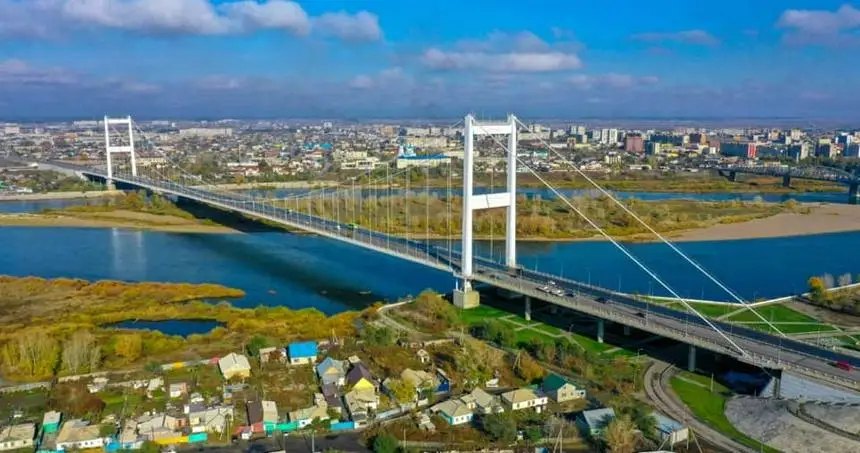
Visiting the region on September 30, Tokayev promised to solve social and economic problems promptly, create conditions for the inflow of investments, open new industries and jobs, develop small and medium-sized businesses and ensure direct financing of the region from the national budget.

Photo: akorda.kz
«This decision marked, in fact, the triumph of historical justice. As a sign of special respect for the great Abai, the newly established oblast is named after him. After all, Abai has become a symbol of the nation and the people,» said Tokayev.
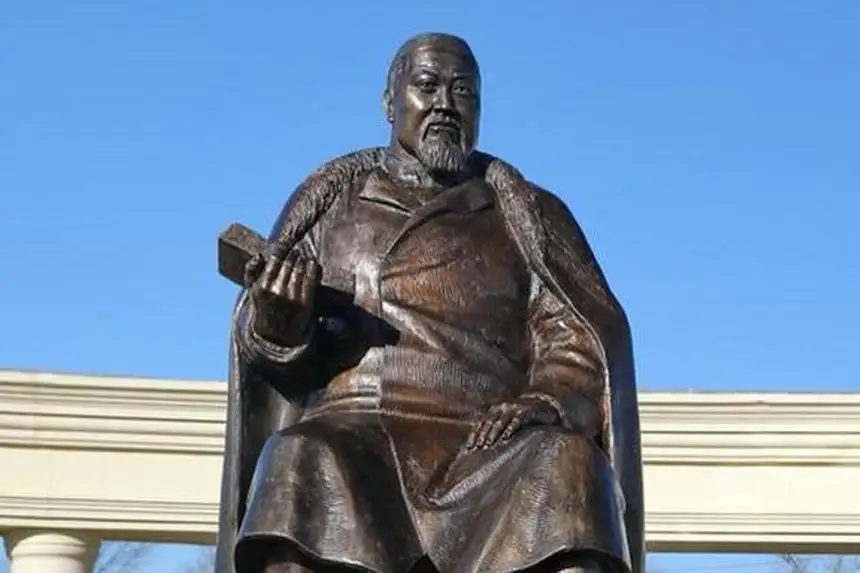
Photo: gov.kz
During his visit to the region, Tokayev tasked the officials to develop a comprehensive plan for the region's development for 2023-2027, which is expected to be adopted in January 2023.
According to the plan, the total amount of financing until 2027 from the national budget will reach 516.6 billion tenge.
Abay region is an industrial region, and the region's economy relies heavily on the mining industry. Its share in the volume of industrial production of the region is 58.1 percent.
Gross regional product for the first half of 2022 reached 871.1 billion tenge, where the share of industry is 37.5 percent, wholesale and retail trade - 9.2 percent, and agriculture - 7.7 percent.
There are seven reserve deposits of solid minerals on the territory of Abay region - six deposits of gold and one deposit of uranium. The largest share of deposits is located in Zharma district
(four deposits).
There are also 77 deposits of mineral processing free from subsoil use in the region, such as carbonate raw materials for lime burning, pottery clays, mineral paints, glass quartz-containing raw materials, mineral raw materials for filling mined-out spaces, expanded clay and agloporite raw materials.
Among the industrial projects planned until 2027 are the development of Aidarly copper deposit and Zhanarskoe underground water deposit with further construction of mining and processing plant, a mining and processing plant for copper cathode production at the Berkara deposit, a meat processing plant in Semey, a dairy farm in the Beskaragai District, and a hotel complex on the Alakol Lake shore.
Zhetysu region
Zhetysu region was formed with its administrative center in the city of Taldykorgan by taking Aksu, Alakol, Yeskeldy, Karatal, Kerbulak, Koksu, Panfilov, Sarkan districts, the cities of Taldykorgan and Tekeli from the Almaty region.

Visiting the region on October 20, Tokayev said the territory of the former Almaty region was too vast, and to improve the efficiency of local government, it was decided to divide it into two separate regions – Almaty and Zhetysu. According to him, this was a carefully considered decision designed to improve the lives of local residents.
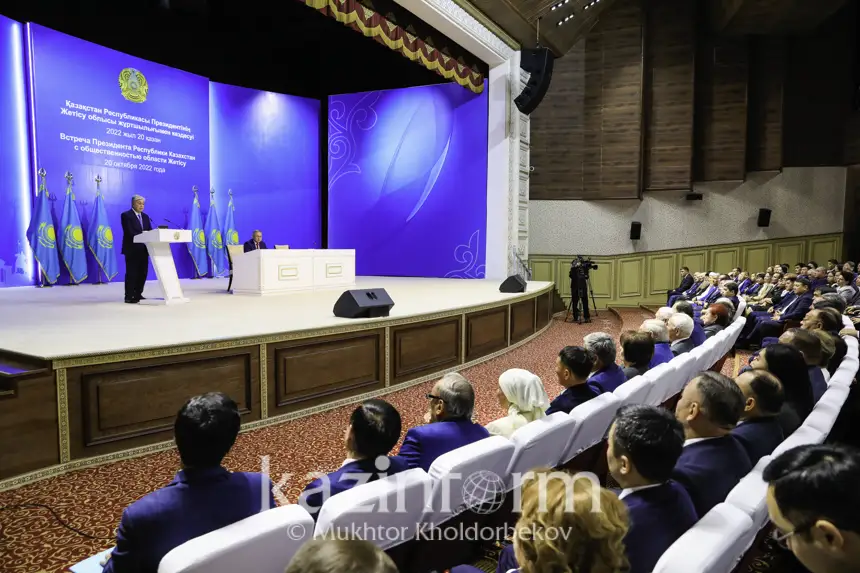
He noted the potential of the agricultural sector, entrepreneurship, transit and transport.
On November 23, the regional maslikhat (local representative body) adopted the plan for the region’s development until 2025, which sets ambitious goals. Gross regional product is expected to exceed 1.7 trillion tenge by 2025.
In the manufacturing industry, 30 investment projects are planned and 24 projects on the territory of Khorgos-Eastern Gate special economic zone. The plan also envisions financing more than 220 projects.
The area of priority crops, including sugar beet, will be expanded to 12,200 hectares by 2025, and more than 600 items of agricultural equipment will be purchased.
Sixteen thousand hectares of irrigated land will be put into operation and over 30,000 hectares of land will be rehabilitated.
By 2025, the region, home to some of the most popular tourist destinations, including the Alakol Lake, expects at least 79.1 billion tenge in investments in tourism.
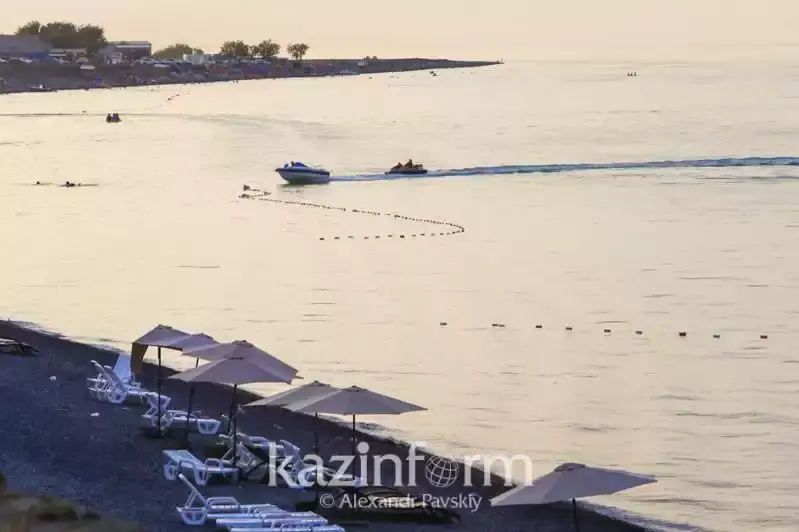
While the goals seem ambitious for the newly formed region, time will show whether the regional officials fulfill their promises to the people.
Ulytau region
In a similar manner, the Ulytau region was formed with the administrative center in Zhezkazgan city by separating Zhanaarka, Ulytau districts, Zhezkazgan, Karazhal and Satpayev cities from the Karaganda region. The region’s population is nearly 230,000 people.
Addressing the nation on March 16, Tokayev said the creation of the Ulytau region has economic, spiritual and cultural significance.

Photo: akorda.kz
«The Ulytau region, which is located at the heart of Kazakhstan’s great spaces, holds a special place in our history. It has been the site of great gatherings which have taken momentous decisions for the people. Located in the heart of Saryarka, Ulytau has enormous tourism potential. Its production and logistics capabilities need to be fully realized. Essentially, we are opening the way for the development of the Ulytau region,» he said back then.
The region has the potential for developing metallurgical, chemical, light industry and mechanical engineering. Using the available mineral base and human potential, there is a high probability of developing high-tech industries. The region is also home to Kazakhstan's largest full-cycle copper producer.
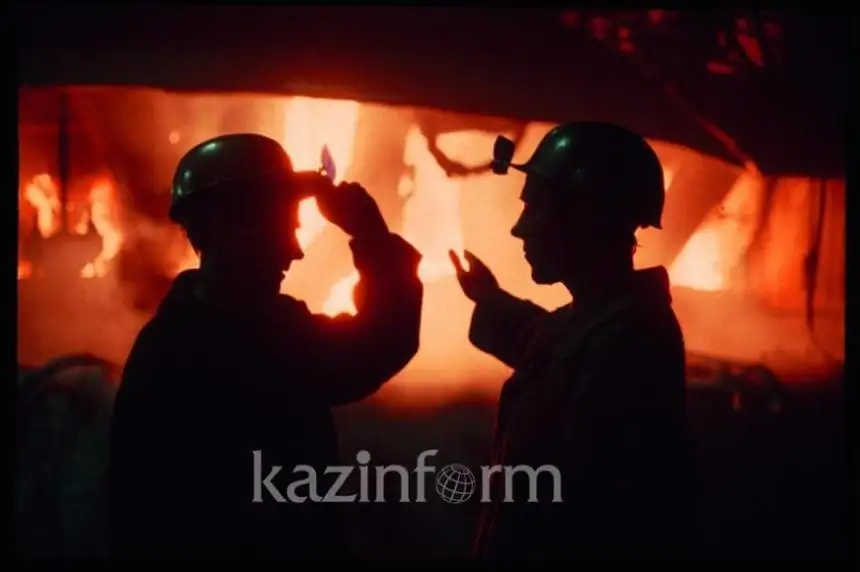
The volume of industrial production in 2021 reached 711.7 billion tenge and increased by 13.5 percent compared to 2020.
On November 1, the Kazakh government adopted the comprehensive plan for the Ulytau region development until 2026. Presenting the plan, Kazakh Minister of National Economy Alibek Kuantyrov said the implementation will attract around 1.4 trillion tenge of investment.
Nine new plants, industrial complexes, and 11 investment projects on the production and processing of agricultural products will be launched.
Significant focus will also be made on developing small and medium-sized businesses.
Growth in the number of employees in small and medium-sized businesses will amount to 10.8 percent or 30,212 people (in 2021 – 27,257 people). The output is expected to increase 2.7 times reaching 448.8 billion tenge (in 2021 – 164.4 billion).
Among the planned projects are an oil refinery, a bioelectric power plant, a chemical plant for the production of an industrial reagent in Zhezkazgan, a thermal power plant in Zhezkazgan, a wholesale and distribution center in Zhezkazgan, a processing complex at the Ashyktas mine using the technology of heap leaching of gold-containing ores in the Zhanaarka district, a plant for hydrometallurgical processing of blister copper concentrates in Zhezkazgan.
Notably, administrative-territorial reform took place along with the ongoing political reforms in the country, bridging the divide between the regions, fostering decentralization of power, improving logistics, and boosting the economy. But most importantly, making a difference in the lives of people.
Written by Assel Satubaldina